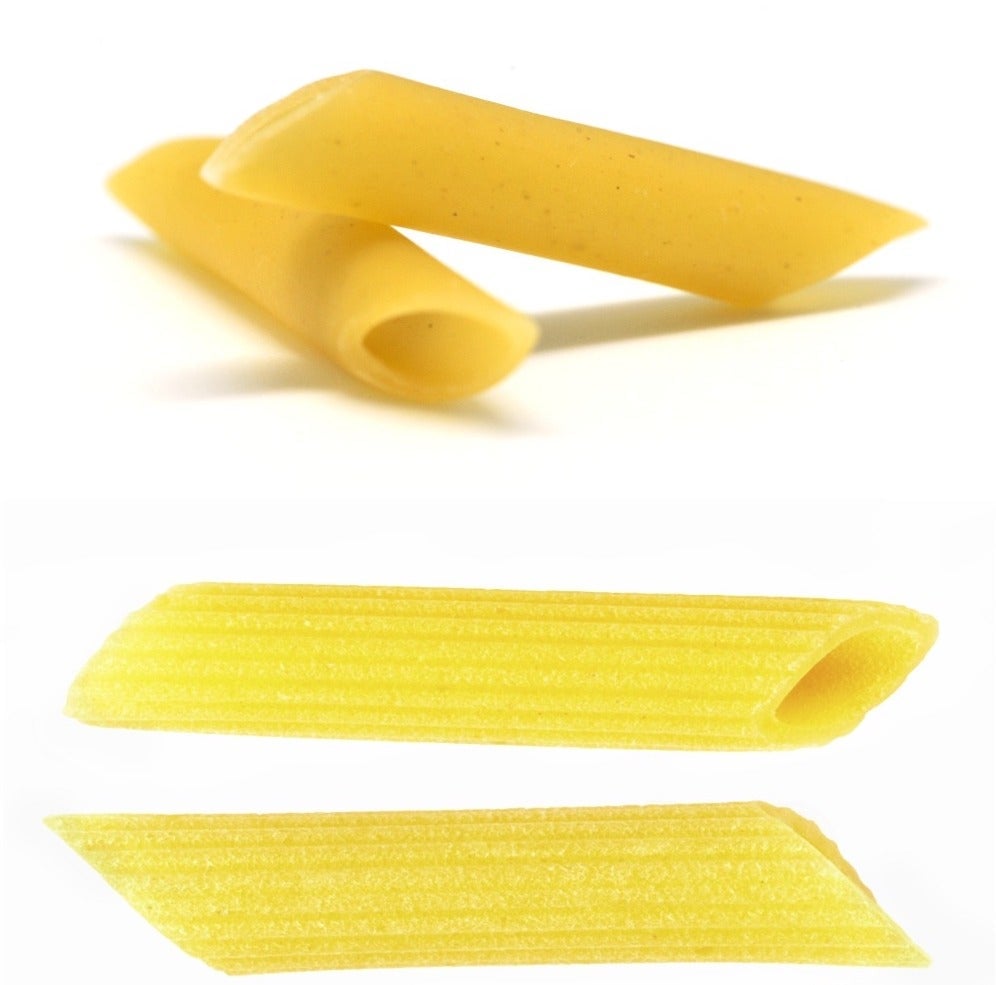Coronavirus lockdown ignites an old Italian debate. It’s about pasta, of course
Few things could possibly distract Italians—a population prone to health concerns in the best of circumstances—from panicking about an actual infectious epidemic. But one of them is pasta. Better: a debate over pasta.


Few things could possibly distract Italians—a population prone to health concerns in the best of circumstances—from panicking about an actual infectious epidemic. But one of them is pasta. Better: a debate over pasta.
For several days now, parts of northern Italy have either been on lockdown or high alert due to the outbreak of Covid-19. As of March 4, the disease has killed more than 100 people and more than 3,000 have tested positive for it. The epidemic is overwhelmingly concentrated in the northern region of Lombardy, where some towns are under quarantine and people have been asked not to leave home unless absolutely necessary.
Although shops remain open, panicked residents have been stockpiling food. Images of empty supermarket aisles and empty shelves with few, if any, boxes of pasta, have made the rounds on social media. There is, however, a glaring exception: Boxes of penne lisce (smooth penne) were all left behind.
People instead bought penne rigate (striped penne), which are the same shape as penne lisce but have ridges on their surfaces that make them look striped.

As the images spread, lovers of penne lisce reacted with dismay. Italian chef Gennaro Esposito, who runs a Michelin-starred restaurant near Napoli, perfectly encapsulated the horror by calling penne rigate “the apex of weak thought.”
The argument goes like this: Fans of penne rigate (or rigata in the singular) think they taste better because the ridges help the sauce stick to the pasta piece. Lovers of penne lisce prefer their consistency and flavor of their choice—and insist that a well-made sauce and a well-made pasta have no use for ridges.
Elsewhere, perhaps, this might just be a matter of taste. But in Italy, pasta is never just about pasta—it’s about history, geography, economics, technology and, of course, cuisine.
A matter of elegance
“The elegance of pasta liscia has no rivals,” Esposito told Quartz, using the singular for lisce. “If you eat it even just boiled and with a little [extra-virgin olive] oil, it’s a whole other bite, another consistency, another elegance [than pasta rigata].”
“High quality pasta doesn’t need to be rigata,” Alberto De Bernardi, professor of history at the University of Bologna and author of a book on the social history of pasta, told Quartz. The reason is that liscia isn’t exactly smooth. Pasta made with high quality durum wheat flour and “bronze-drawn,” he explains, has a coarse surface, which doesn’t let the sauce fall off the piece of pasta, even in the absence of ridges.
The ridges, he says, help keep the pasta piece together and retain the sauce when the product is of lower quality—made with a mix of different types of wheat, for instance, or drawn with steel rather than bronze.
Pasta should be dried slowly, too, Esposito says. It can take up to 40 or more hours—and at a low temperature, 45°C to 70°C. This allows the pasta to maintain a porous consistency, so when it’s cooked it essentially rehydrates and opens up to soak up the sauce.
When, instead, pasta is dried at higher temperatures, the starch essentially crystalizes, and becomes somewhat waterproof—or rather, sauce-proof. Pasta made this way is cheaper, and more resistant to overcooking. “But it’s a dead pasta,” Esposito said. “And its smell is very far from the aroma of durum wheat.”
Stripes as a capitalist construct
When the photos of pasta boxes started popping up on social media, some Americans were self-deprecating: Italians wouldn’t touch penne lisce, whose surface is the same as American ziti, even faced with quarantine or, who knows, starvation.
Yet this time Italian Americans may be more authentic than Italian Italians.
While penne lisce seems to have essentially no fans in Lombardy, it still enjoys popularity in and around Naples. That’s where many Italians who emigrated to the US are from, bringing with them to the new world their pasta—which at the time, was smooth.
The first production and export of dry pasta actually occurred in Sicily in the mid 1200s, De Bernardi says. The famed Moroccan geographer Muhammad al-Idrisi describes the commerce of pasta from Palermo to the Mediterranean. But the Sicilian tradition didn’t last and artisanal, commercial production of pasta in Italy didn’t become common until the late 1600s, when production emerged—independently but at the same time—in Naples and Genoa. By the end of 1800s, however, the Neapolitan industry dominated, with its workshops producing the vast majority of pasta sold in Italy and beyond.
Pasta didn’t become as ubiquitous as it is today until after World War II and the invention of mass production. Production then moved from Naples to places like Parma, where Barilla was founded.
Eventually, high-yield pasta makers began competing on price. They introduced cheaper pasta of a quality lower than the pasta made by workshops in Naples. “These companies had to find some devices to make the [lower quality] product highly sellable, and palatable—and the stripe is one of them,” De Bernardi said.
Back to smooth
But the riga—or, as they say in Naples, where stripe is a masculine noun, il rigo—is but an illusion. “I absolutely disagree that striped pasta gathers the sauce better,” Esposito said.
In fact, what happens is something quite different, he says. The ridges on the outer surface of the penne rigate begin cooking and releasing starch after five or six minutes in boiling water (and salt). The whole piece of pasta needs about nine minutes to cook—sometimes even 10—which means by the time the pasta is strained there is an overcooked outer layer.
When it gets mixed with the sauce, some of that starch transfers to the sauce, making it stick to the pasta. “Often people have the sensation that it picks up more sauce, but it’s a botch, a binding agent that, in my opinion, pollutes the dish,” Esposito said.
This illusion is precisely what made the striped pasta so popular: For the average cook, with limited access to high quality pasta, it was a good compromise. Then came habits and, eventually, preferences.
While Esposito has no doubt that the queen of pasta is the original stripe-less version, he tries to be understanding. “It’s also a matter of taste,” he said. “We shouldn’t condemn it.”
Within reason, though. “If you pick a pasta of good quality, I am open to overlook the rigo,” he said. “But the problem is the sum of two factors: A low quality pasta, and striped to boot. That’s frankly too much.”